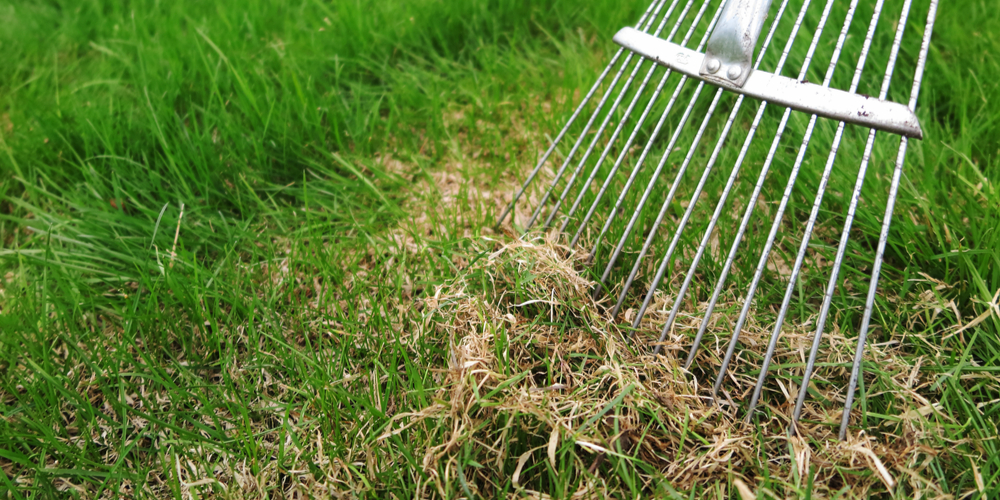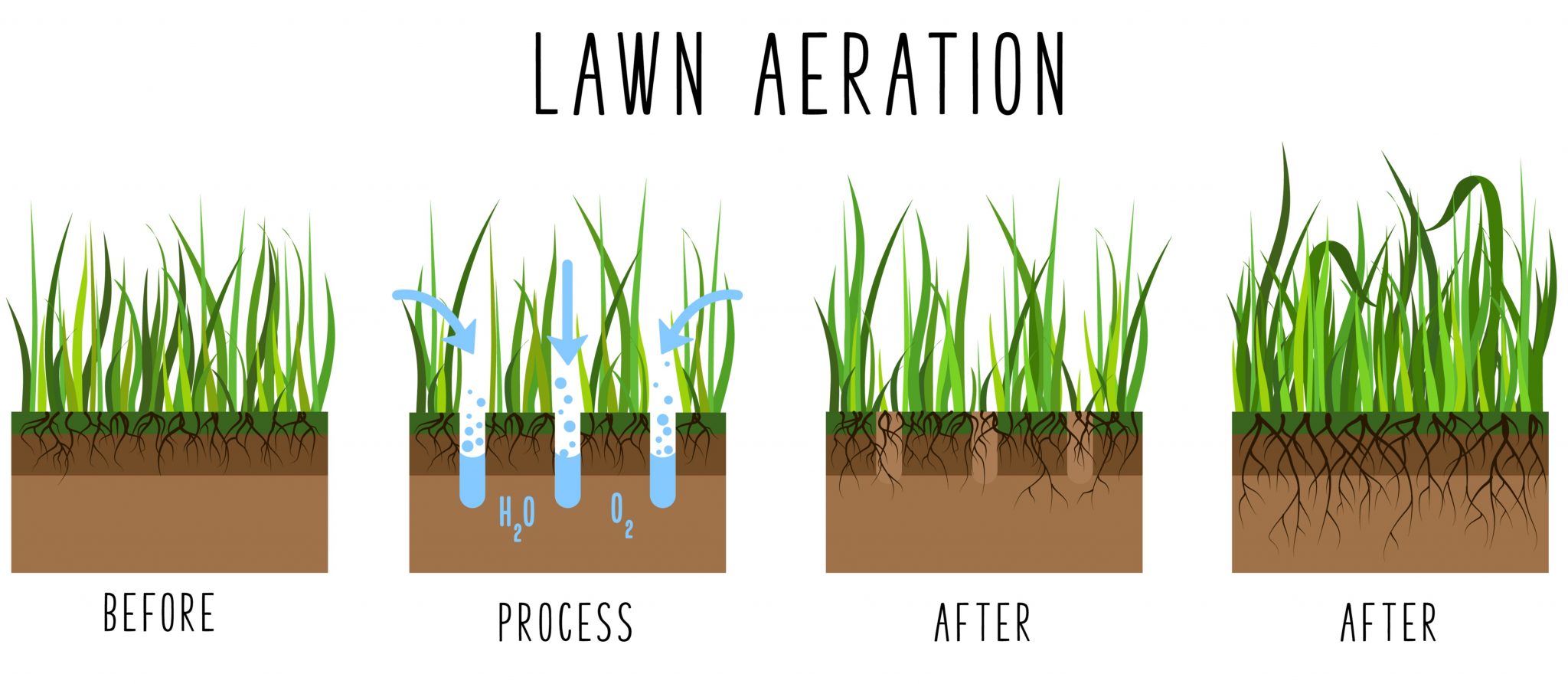Your St. Augustine grass lawn may have built up a significant amount of dead plant debris and you’re now looking to clear it out. The problem is, how to dethatch st augustine grass properly?
Here is a short, step-by-step guide and recommendations on how you should dethatch your St. Augustine lawn.
5 Tips to Dethatch St. Augustine Grass
Mow First Before Dethatching
While looking to dethatch your lawn you might ask, ‘when to dethatch St. Augustine grass?’ The answer is anywhere from mid to late spring. St Augustine is a warm-season grass, and dethatching in fall will prove to be very stressful for it as it’s going into dormancy.
Once you see your grass going out of dormancy and growing, then it’s safe to say that you can prepare the equipment to dethatch your lawn.
Mowing is done to prepare the turf and allow the equipment to get a hold of the thick buildup of plant material using a rake or a vertical mower. Set the mowing length at two inches to expose the thatch while keeping the grass’ stolons safe.
Water Your Lawn Well
Irrigating your lawn prior to dethatching presents several benefits. One, you reduce the stress of lawn dethatching and allow your grass to recover at a faster rate. Two, watering loosens and breaks up the decomposed plant material so you can have an easier time later on.
It’s worth noting that you should water your St. Augustine grass deeply 24 hours before the task. Be mindful of the amount of water you are putting on your lawn- too much and the ground will be too soft and you’d likely damage the grass while dethatching.
Dethatch Carefully But Thoroughly
Using a power rake on St. Augustine grass is not recommended as you’re likely to damage the lawn rather than help it. As such, it’s best to use either a hand rake or a vertical mower to get rid of the thatch buildup.
Verticutting is the process of using a vertical mower to remove excess plant material on your lawn. The vertical blades pull up the thatch so you can dispose of it easily. Before you start, set the blades to three inches, then power up the tool. Also, make only a single pass and remember the areas that you’ve already mowed.
A thatch or hand rake can also be used for st augustine grass. This is the preferred dethatching method especially if the yard or lawn is small (less than 1500 square feet). You can manually locate and pull the debris, leaving only less than an inch behind. Dispose of the material or put it in your compost pile.
Aerate Your Lawn
Since you’ve already mowed your st augustine grass and dethatched it, why not go all in and aerate it? You’ll be improving your turf’s soil composition and allowing more oxygen, water, and nutrients with it.
Soil aeration can either be done via core aeration or liquid aeration. Core or traditional aeration uses a tool or machine to plug holes into the ground, while liquid aeration entails the use of a liquid solution to break up larger soil material and allow oxygen to seep through.
Aerating your lawn will serve to rejuvenate your st augustine grass and help it recover faster after dethatching. You can choose either core aeration or liquid aeration, and each has its own set of pros and cons.
Feed Your Newly Dethatched Turf
Lastly, don’t forget to feed your st Augustine grass with nutrients, particularly nitrogen to support its growth during the season.
It’s recommended that you use milorganite or a similar slow-release and organic fertilizer that’s available on hand. Natural fertilizer is safer for plants, and your lawn can certainly use a sustained feeding of nutrients. With the thatch out of the way and the ground aerated, fertilizers will have their desired effect and equal a healthy and green lawn.
Remember to follow instructions as mentioned in the label and spread the fertilizer evenly across your turf. At this point, you can also edge your lawn to give it a neat, well-manicured appearance. Remember to water the lawn so the nutrients can seep into the ground and get absorbed by the St. Augustine grassroots.

